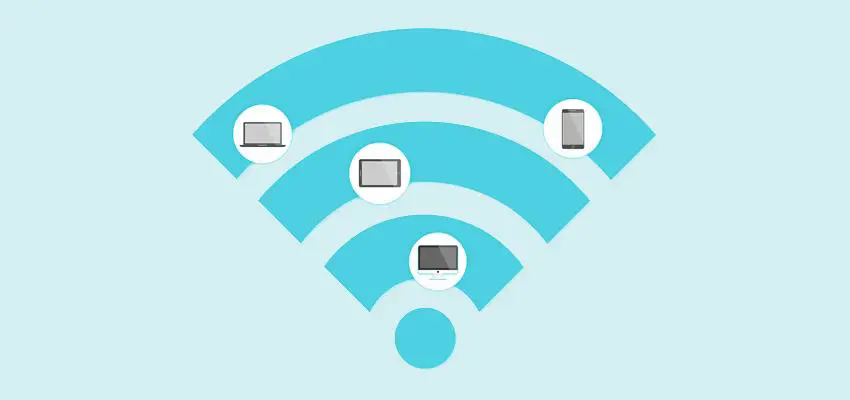
What is Wi-Fi Wireless Bridging?
Posted March 28, 2020, 1:53 a.m. by Emil S.In an ever-increasing expansion of wireless technology applications in all aspects of our lives, the need to connect has never been more necessary and urgent. Wi-Fi Bridging is one way of addressing that need. To give you a clear idea of what Wi-Fi Wireless Bridging is all about, let’s look at some background information on the various technical terminologies we will encounter in this brief study.
Wi-Fi
Wi-Fi is a form of wireless connection that allows devices to link without the use of physical wires or cables. It has become the standard for home and public networks. The term Wi-Fi does not stand for wireless fidelity. It refers to the Wi-Fi Alliance trademark, a group of companies concerned with wireless products and technologies.
The usual speeds associated with Wi-Fi range from 11 Mbps to 54 Mbps or more. These speeds are now considered slow with the introduction of more capable wireless connections such as "Long Term Evolution (LTE)". Furthermore, the distances Wi-Fi technology can cover are limited, thereby needing complementary devices/technology to extend their range.
Wireless Connection
Wireless usually refers to computer networks that operate without the use of cables. Commonly known as Local Area Network (LAN), these can range from a few computers in a small office/home, or up to thousands of terminals in large corporations. Popular examples of Wireless connection are Bluetooth, LTE (Long Term Evolution), and W-Fi. All of this technology supports mobile devices, primarily when they are operating in roaming mode.
Bridges
Bridges link places or things in the physical world. The same concept applies to bridges in computer networking, particularly Wi-Fi technology connections. A network bridge connects two computer networks and allows them to function as one. Bridges can also extend local area networks (LAN) to cover a larger physical space. Bridging technology involves network protocol and hardware supports.
Types of Wireless Bridging
There are currently many situations that require different Wi-Fi Bridging systems. One particular case is connecting devices of different technologies. Here are the most common types of Wireless Bridging that address these requirements:
Wi-Fi to Ethernet Bridge
An Ethernet is the traditional wired connection of older computers without Wi-Fi capability. A Bridge allows the connection of these devices and computers to benefit from Wi-Fi service. That means you don’t have to discard old devices right away until such time you can upgrade to more current models.
Wi-Fi to Wi-Fi Bridge
This bridge connects two Wi-Fi networks, usually to increase coverage of Wi-Fi areas/hotspots. The networks can be Ethernet or Wi-Fi variants.
Bluetooth to Wi-Fi Bridge
This bridge links Bluetooth devices to the local home Wi-Fi network.
Different Wi-Fi Modes
Wi-Fi Modes provide the wireless network some flexibility in performing its intended purpose. Here are the two main Modes of operation:
Wi-Fi Bridge Mode
This Mode allows two or more wireless access points to connect to local area networks. These access points connect to Ethernet local area networks. Point-to-multiple access-points variants support wireless clients while functioning on bridge mode.
Others operate only on a point-to-point option that bars other clients while on bridge mode. The system administrator controls all these options. Some access points allow bridging only with other access points from the same product line or manufacturer.
Access points detect one another through addresses called Media Access Control set in as part of configuration parameters. It is important to note that while in Wi-Fi Bridge Mode, wireless access points generate massive network traffic. Since the wireless clients connected on these access points share the same bandwidth, their network performance is significantly lower in Bridge Mode.
Wi-Fi Repeater Mode
The Repeater Mode extends the wireless signal of a network to longer distances. In this Mode, the network is not connected to other systems to allow communication between their respective devices. There are several consumer devices called Wi-Fi range extenders. These devices expand the range of networks in homes or small offices to reach areas with weak signals and dead spots.
The most recent variants of broadband routers come with a repeater mode option that can be controlled by the network administrator. As home networks keep growing, many households are favoring the flexibility of having the option of a W-Fi repeater or second router.
